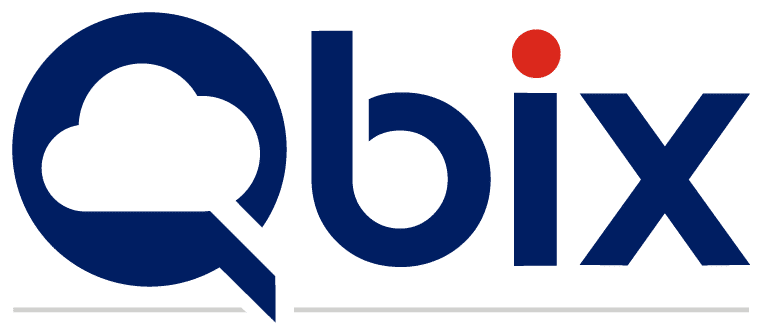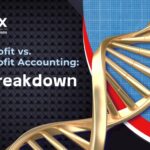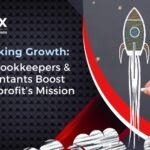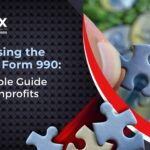Five SECURE 2.0 Changes That Impact Nonprofits
If your nonprofit handles employee’s retirement plans (like a 403(b)), you’ll want to know how SECURE 2.0 affects them. To give you some background, at the end of 2022, President Biden signed into law H.R. 2617, the Consolidated Appropriations Act. One of the provisions in the bill was the Setting Every Community Up for Retirement Enhancement (SECURE) Act of 2022, commonly referred to as SECURE 2.0. It’s also the sequel SECURE Act of 2019. The new SECURE 2.0 boosts access and participation in retirement savings plans. Some of the bill’s provisions are significant and specifically affect retirement plans maintained by nonprofit employers. Here are the top five ones to be aware of:
Multiple Employer and Pooled Employer 403(b) plans allowed
403(b) plans, which are generally sponsored by nonprofits and educational institutions, are now permitted to participate in Multiple Employer Plans (MEPs). MEPs allow small employers to join together to obtain better retirement plan terms, such as lower-cost management services. In addition, nonprofits can now offer Pooled Employer Plans (PEPs). PEPs allow unrelated small businesses to join together to participate in a single retirement plan. PEPs help to reduce recordkeeping and investment expense costs. Previously, MEPs and PEPs were only available to for-profit employers, so this is a nice advantage for nonprofits.
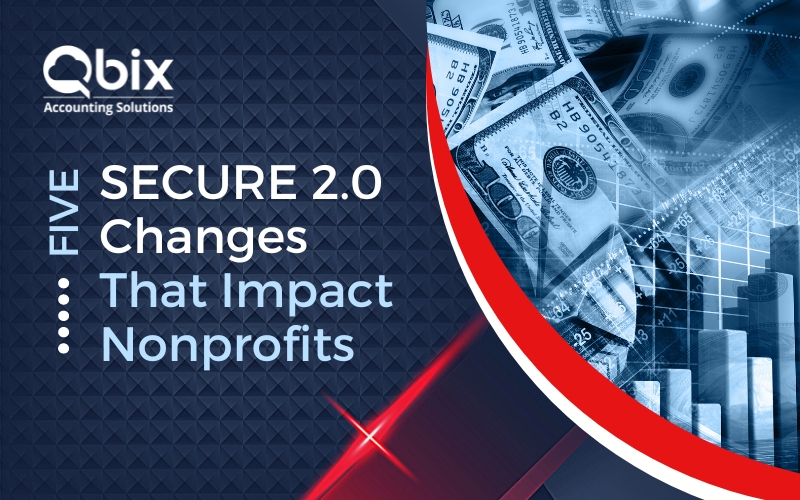
Investments in Collective Investment Trusts (CITs) allowed
Since 1974, 403(b) plans were only allowed to invest in two types of investments — mutual funds and annuity contracts. However, SECURE 2.0 now adds a third option, Collective Investment Trusts (CITs). CITs are pooled investment vehicles made available only to qualified retirement plans. They somewhat mirror mutual funds and could offer some cost efficiencies, but they have different regulatory oversight. Unfortunately, it’s unlikely that most CITs will accept 403(b) plan investments anytime soon, as the securities laws must be updated first — an initiative that may take a while. Nonetheless, it’s good to keep in mind for the future.
Hardship withdrawals on contributions allowed
Before SECURE 2.0, hardship withdrawals from a 403(b) plan could only be funded from the employee’s elective deferrals minus earnings. After SECURE 2.0, 403(b) plans allow hardship withdrawals of non-elective and matching contributions. It includes earnings on those contributions as well as earnings from the employee’s elective deferrals. 403(b) plan sponsors interested in implementing this change should consider updating their plans to permit hardship distributions from all available sources. Moreover, SECURE 2.0 simplifies the administration of hardship withdrawals by allowing 403(b) plan administrators to accept written certification from the participant. It should state that the requested withdrawal is due to a hardship requiring an immediate and heavy financial need. Note that the withdrawal must not exceed what’s required to satisfy the financial need.
Extension and updates for Required Minimum Distribution (RMD) rules
If you weren’t already aware, December 31, 2022, was the deadline for sponsors of non-governmental Section 457(b) deferred compensation plans to update their documents to include SECURE 1.0 changes to required minimum distribution (RMD) rules. For those tax-exempt sponsors who didn’t complete the updates in time, SECURE 2.0 extends the amendment deadline. The new date is now the last day of the first plan year, beginning on or after January 1, 2025 (or 2027 for governmental plans). In addition, SECURE 2.0 modifies other RMD rules, including changing the age that retirement savers must start taking RMDs from 72 to 73 and then increasing the age again in 2033 to age 75.
Improved eligibility for long-term, part-time employees
SECURE 1.0 provided that, for plan years starting after December 31, 2023, 401(k) plans must allow part-time employees to make elective deferrals — but only for those who complete at least 500 hours of service in three consecutive 12-month periods. SECURE 2.0 changes this rule by:
- Reducing the eligibility period for elective deferrals to two consecutive 12-month periods (instead of three)
- Providing that, for vesting purposes, service in 12-month periods beginning before January 1, 2023, shall not be taken into account
- Extending the rule to include 403(b) plans that are subject to Employee Retirement Income Security Act (ERISA)
These changes are effective for plan years beginning after December 31, 2024.
If you need help navigating the changes brought on by SECURE 2.0 or have questions about how your organization’s plans may be affected, our expert accounting team at Qbix can help. Don’t wait — save yourself time, money, and stress, and schedule a free consultation with us today.
Non Profit Accounting Solutions
About Us
Qbix's goal is to provide the latest cloud-based accounting technology while delivering real-time visibility into your nonprofit's financials 24/7. Numbers are our passion, but providing your nonprofit with the financial expertise needed to facilitate growth and profitability is our top priority. And because no two organizations are the same, Qbix offers the flexibility you need to accomplish your nonprofit's goals.
Qbix
500A Northside Crossing
Macon, GA 31210
(478) 787-0532
Let Us Prepare Your Form 990
Save time, money, and stress. Let us prepare your Form 990. Schedule a consultation today.

